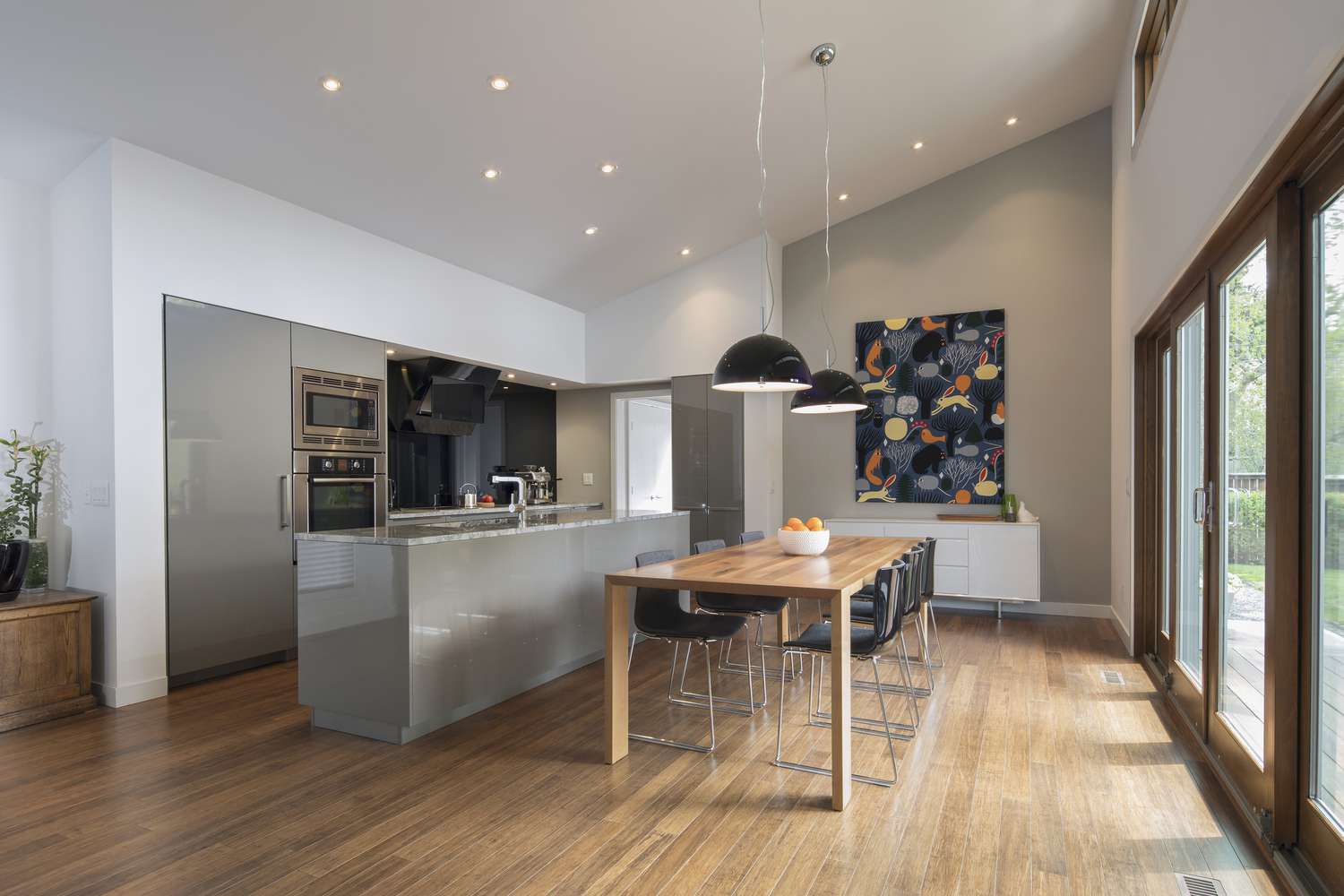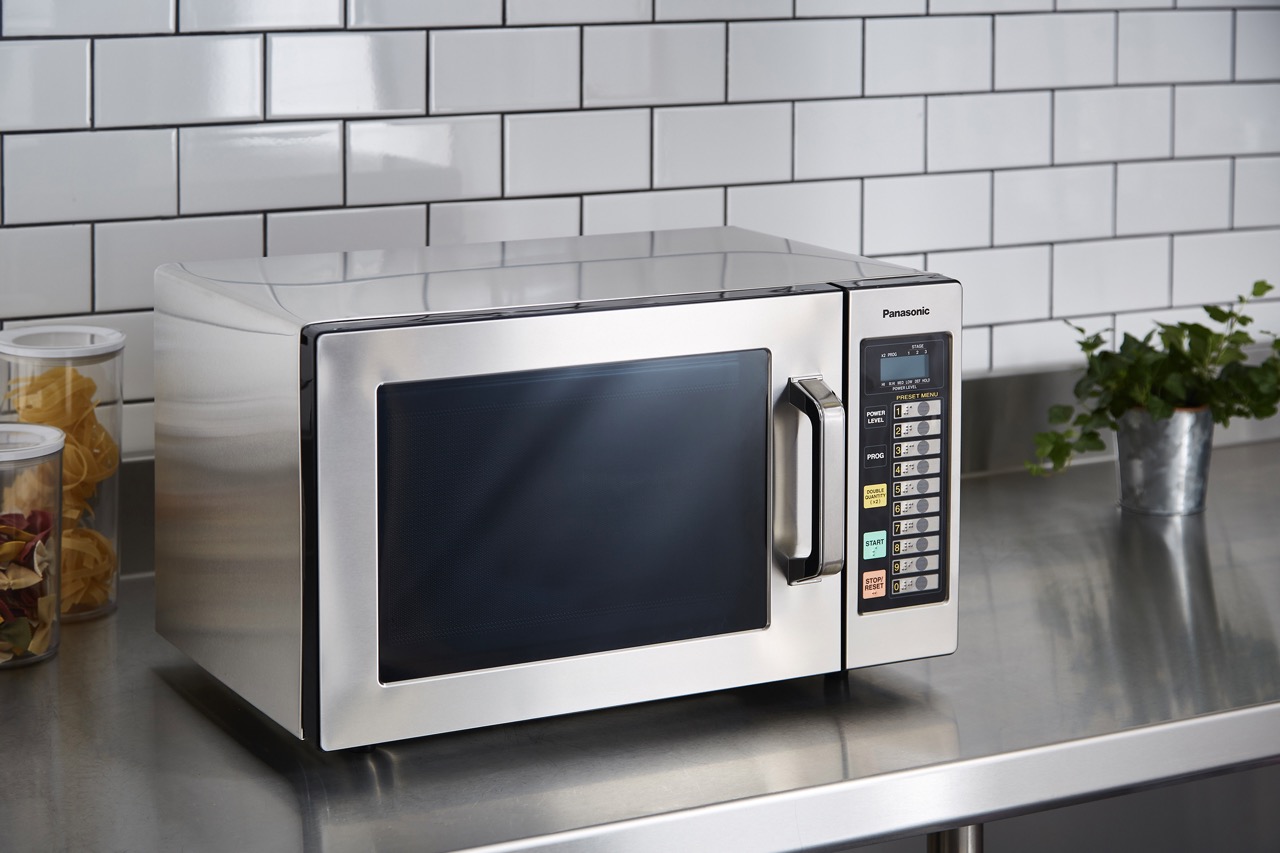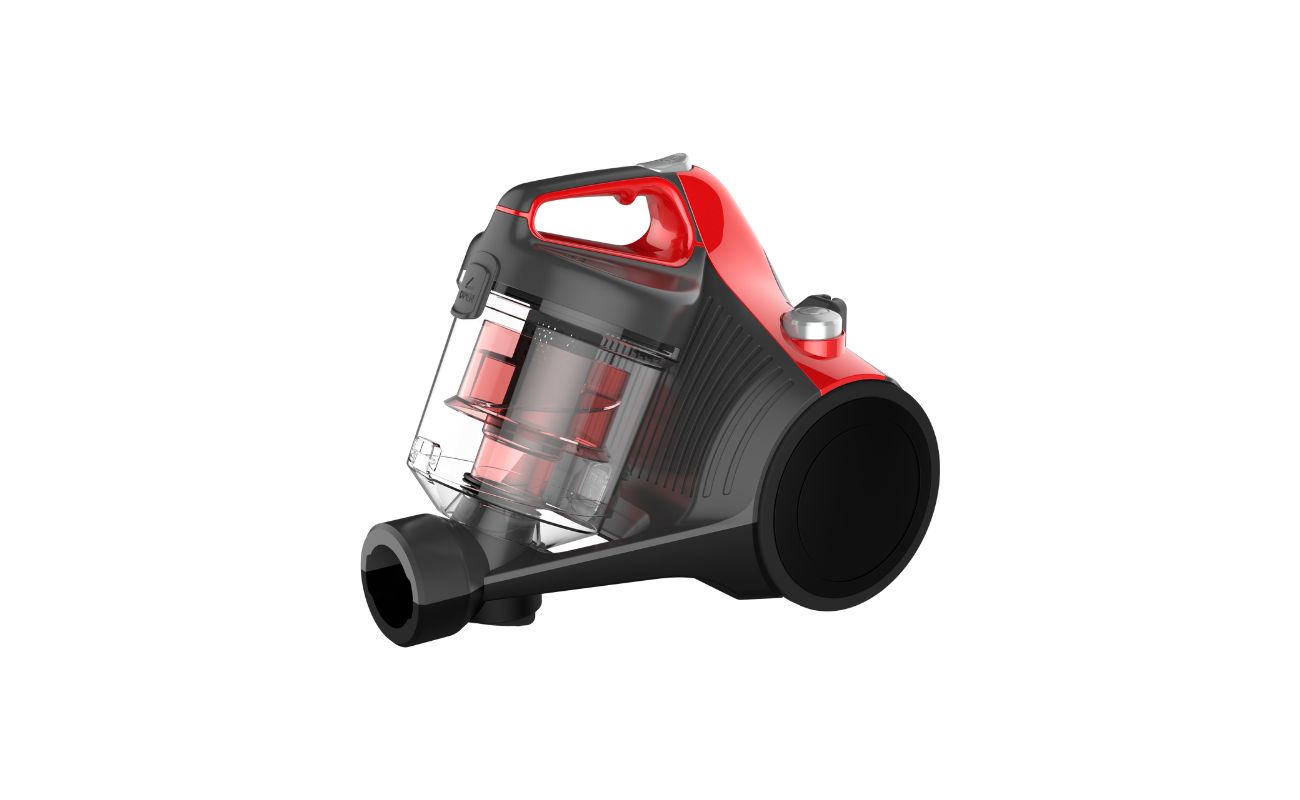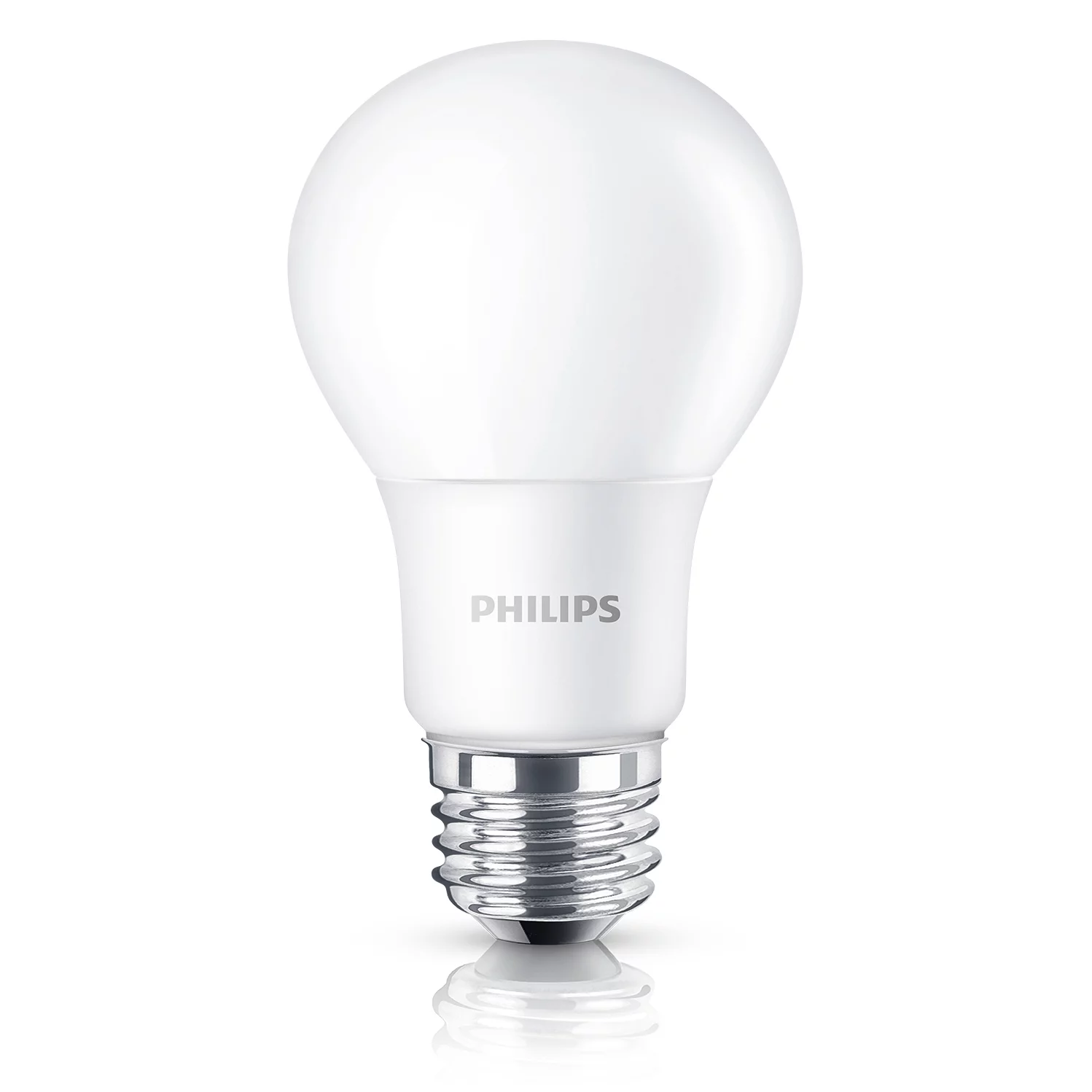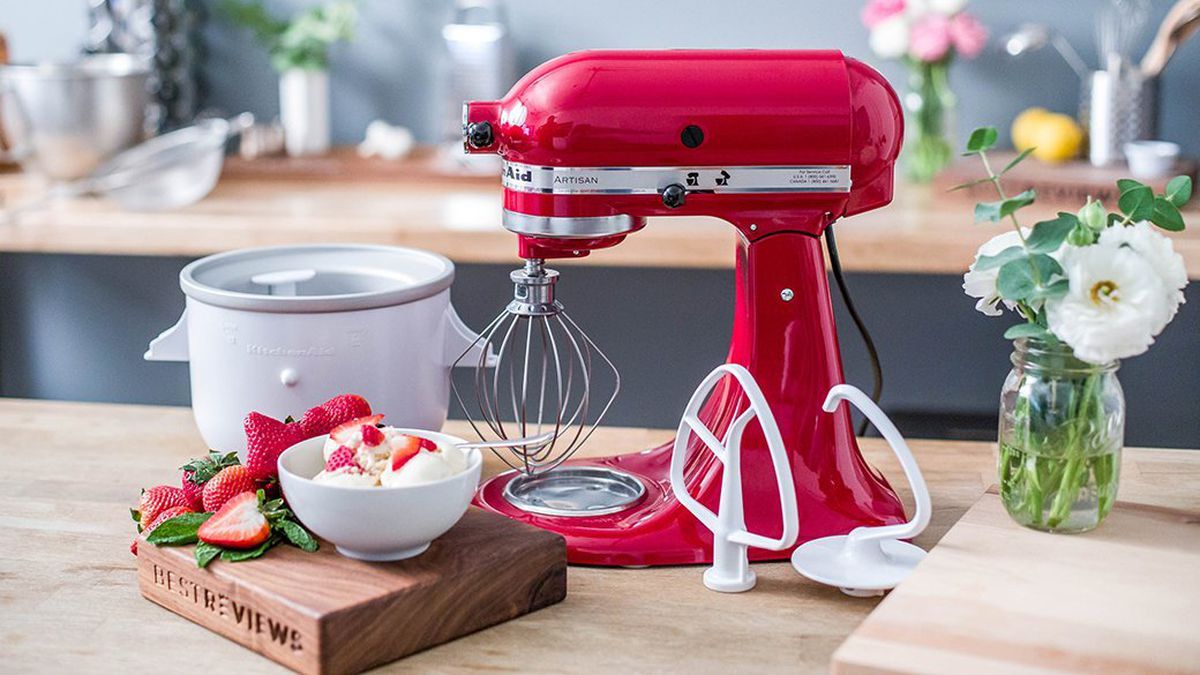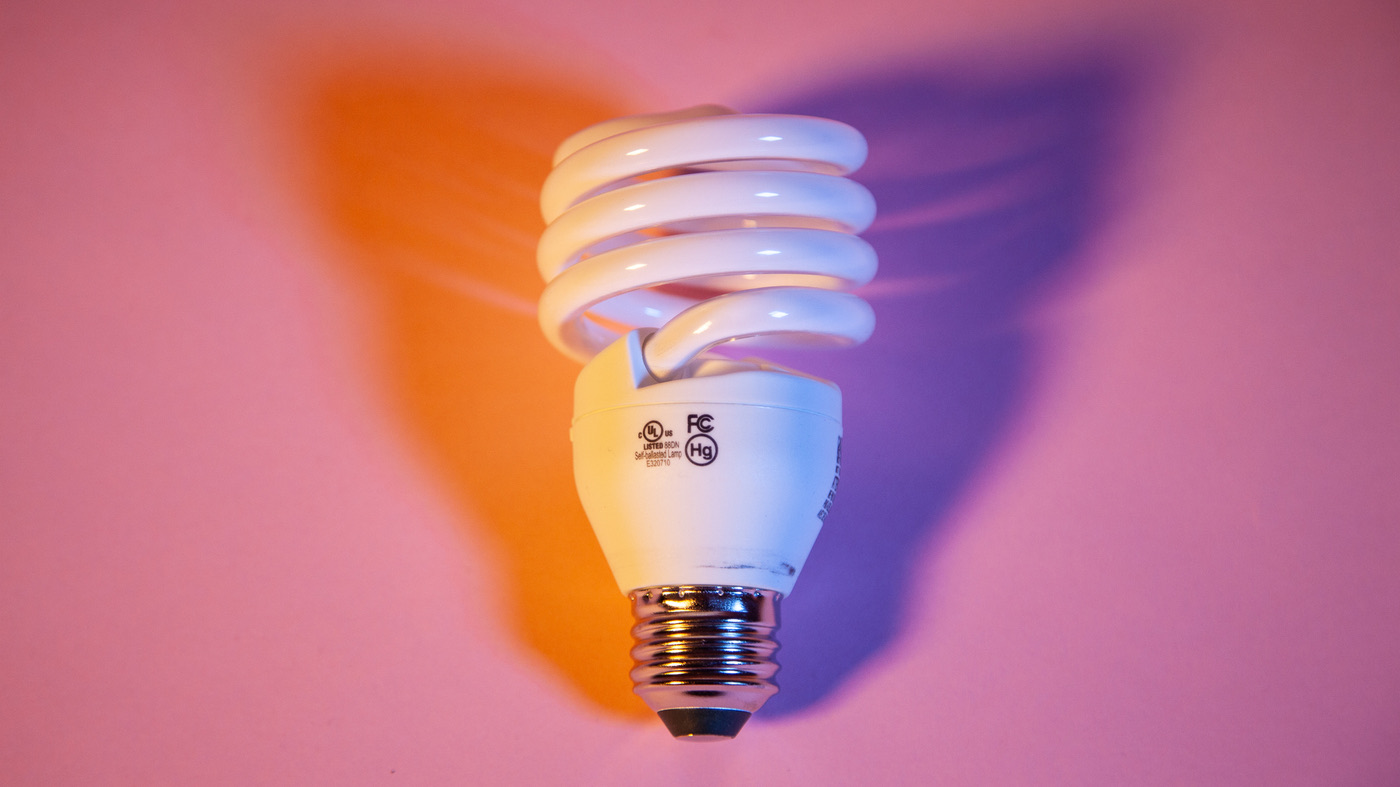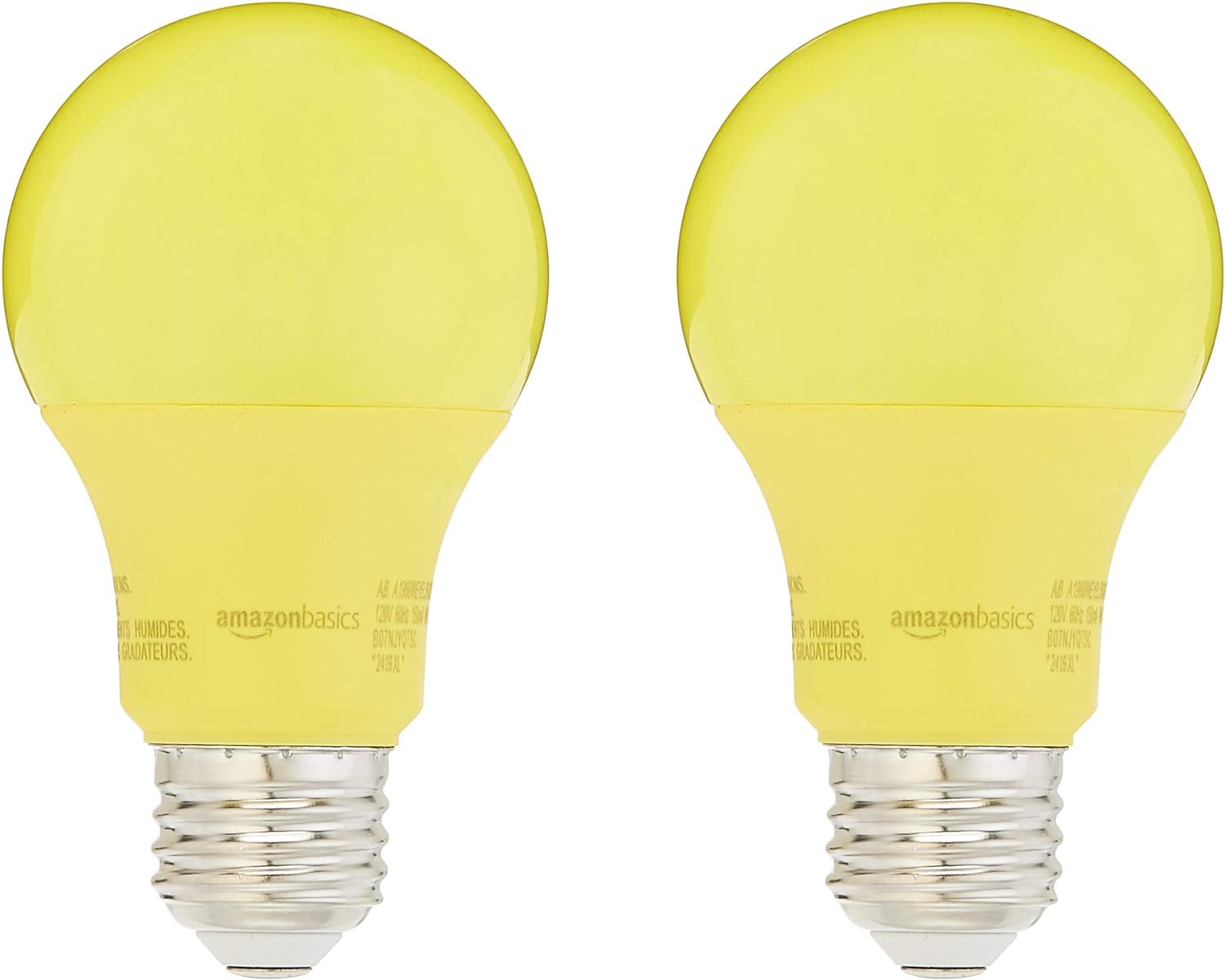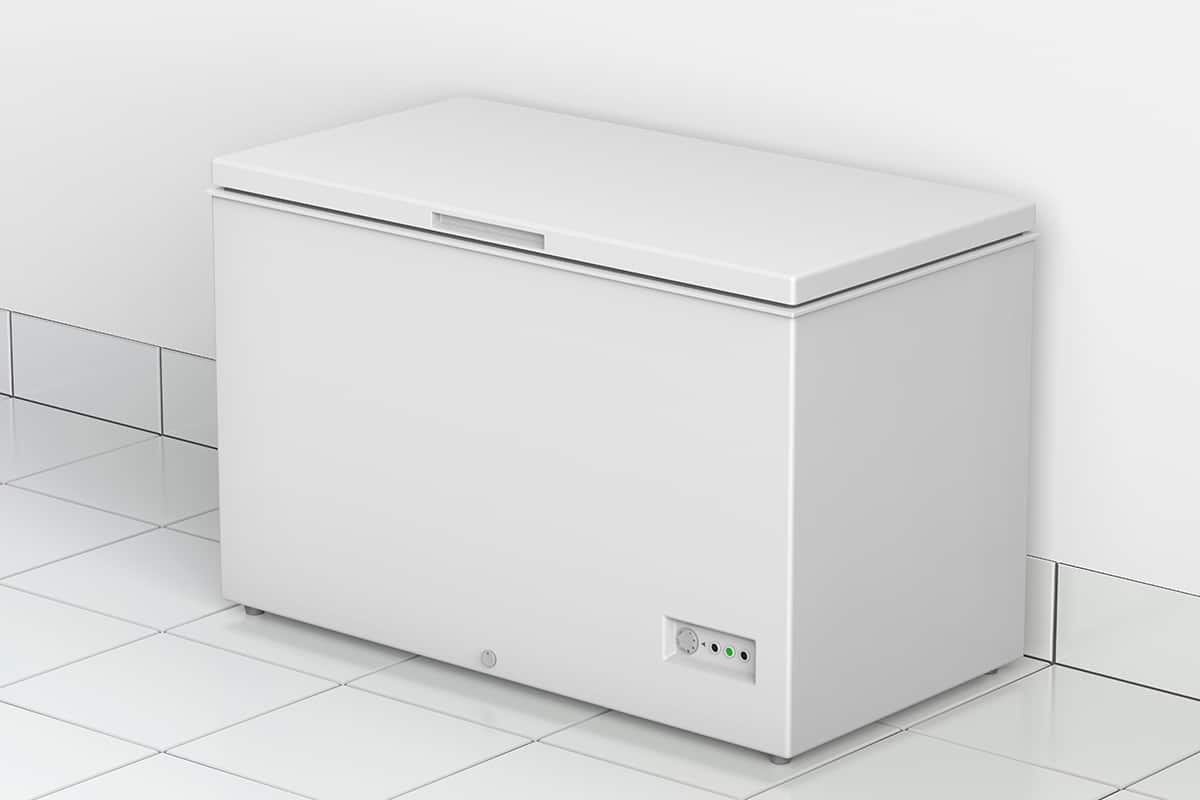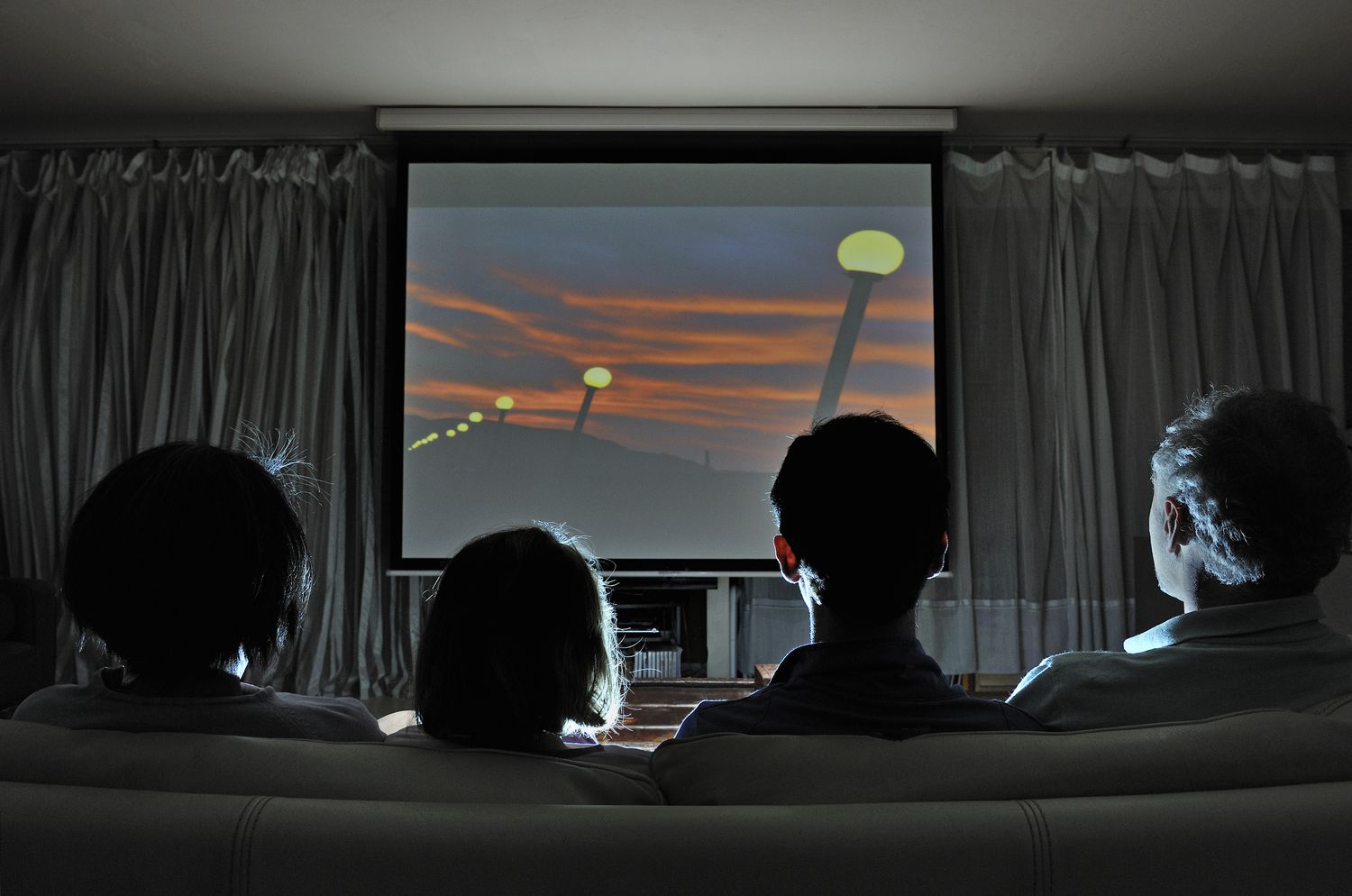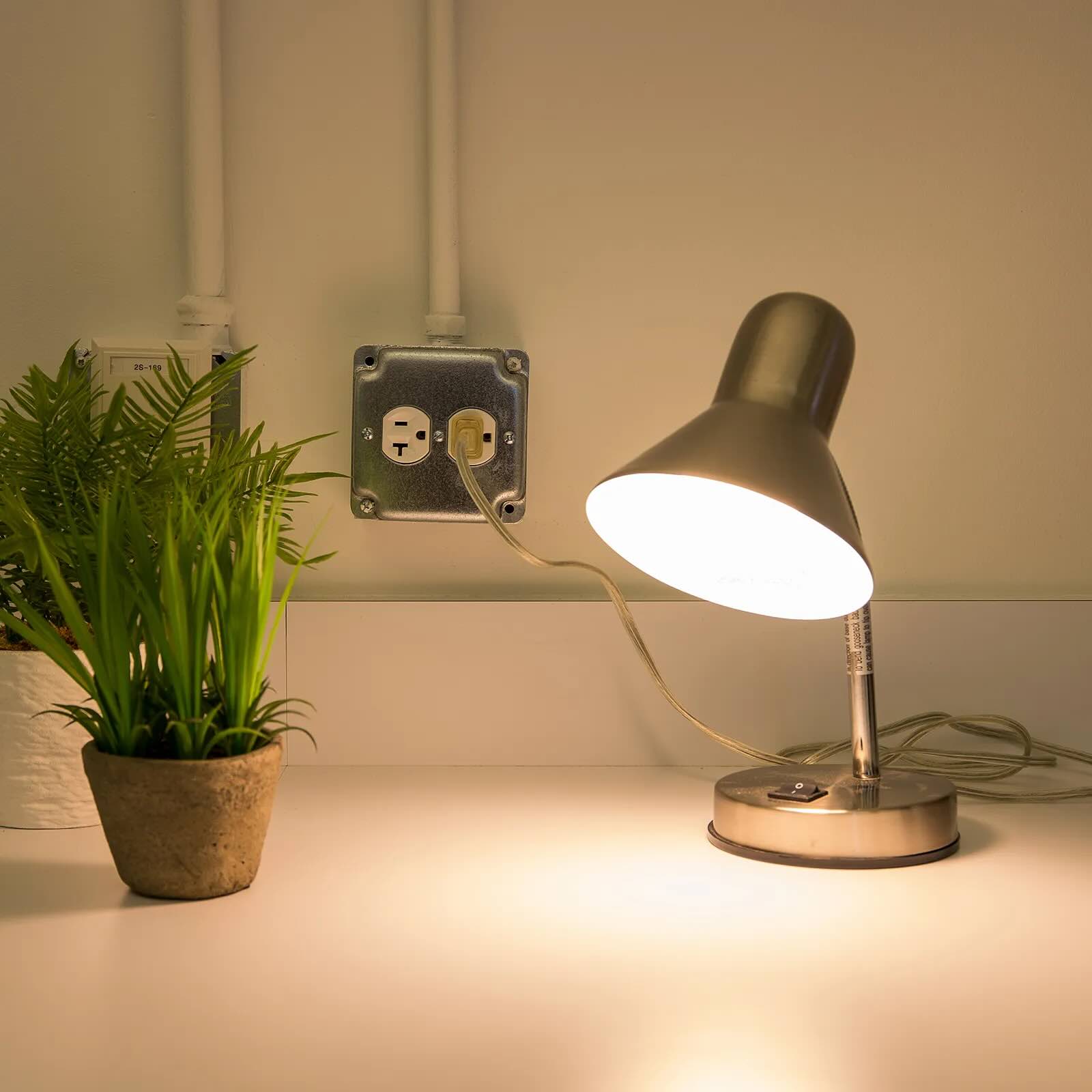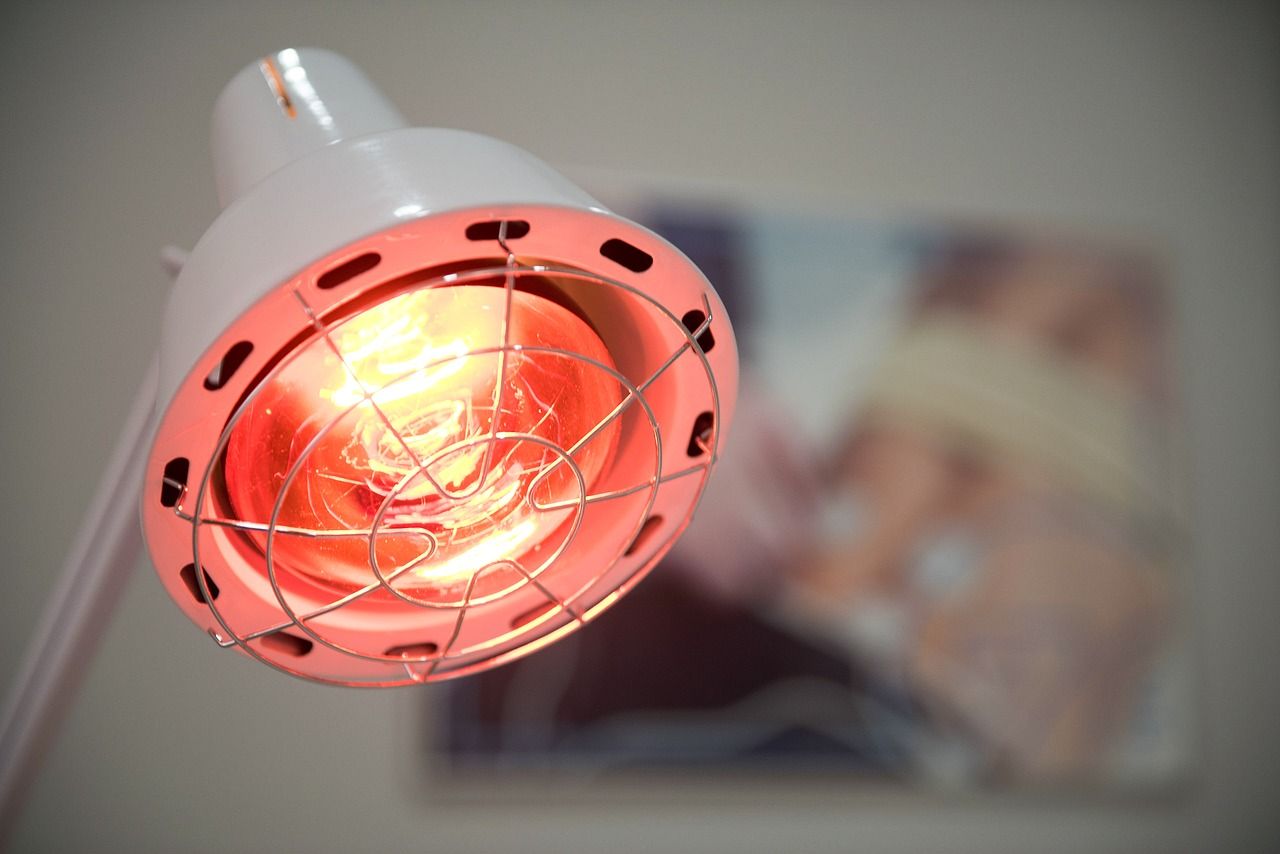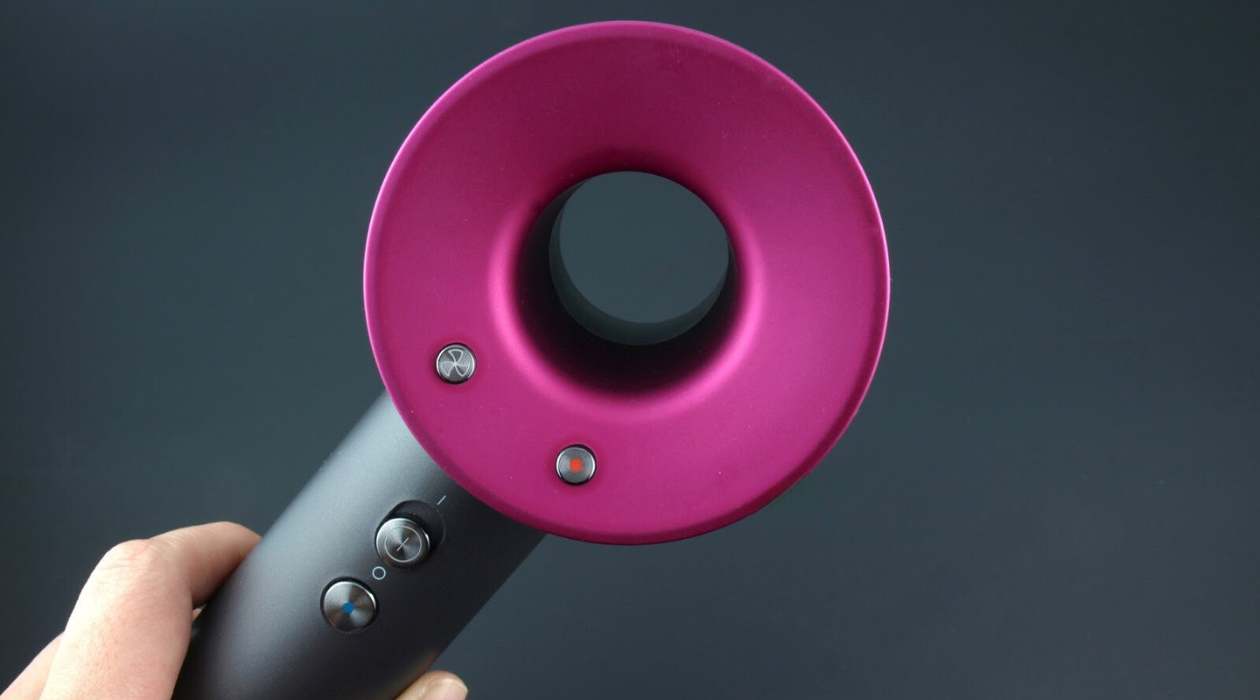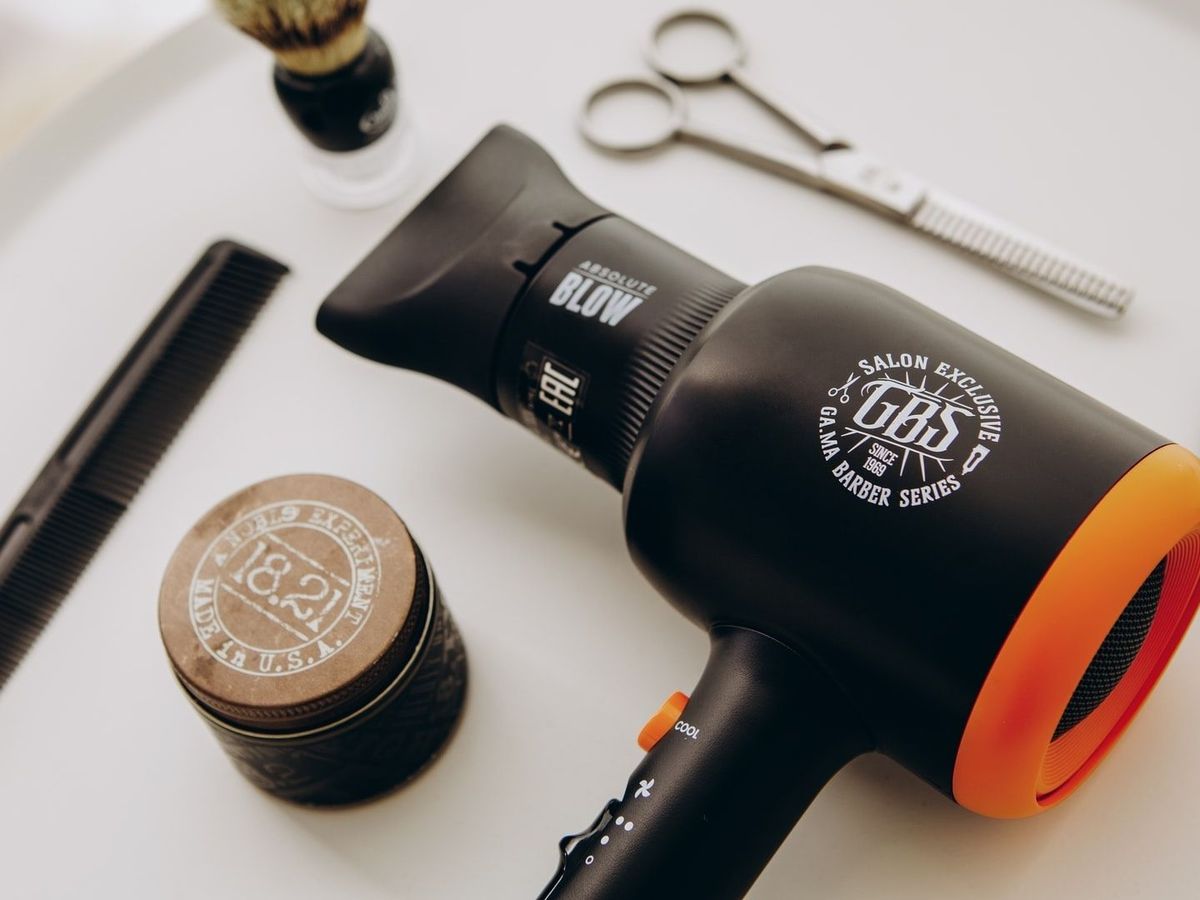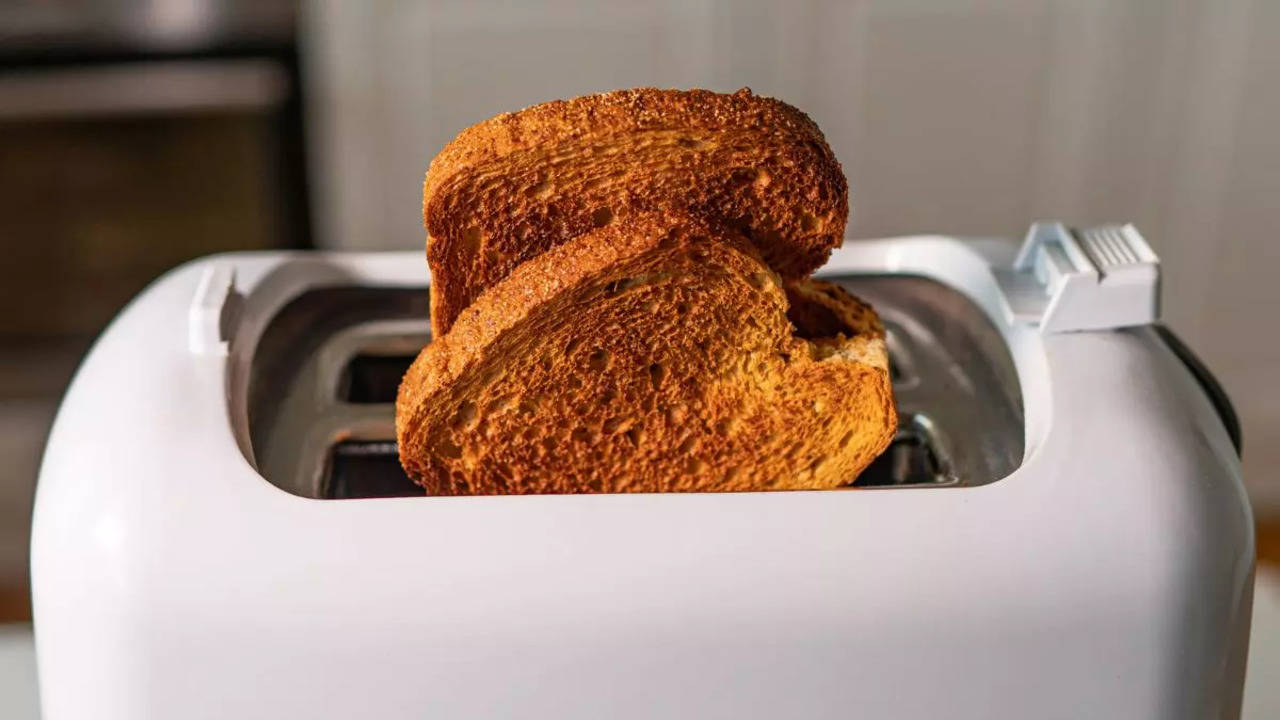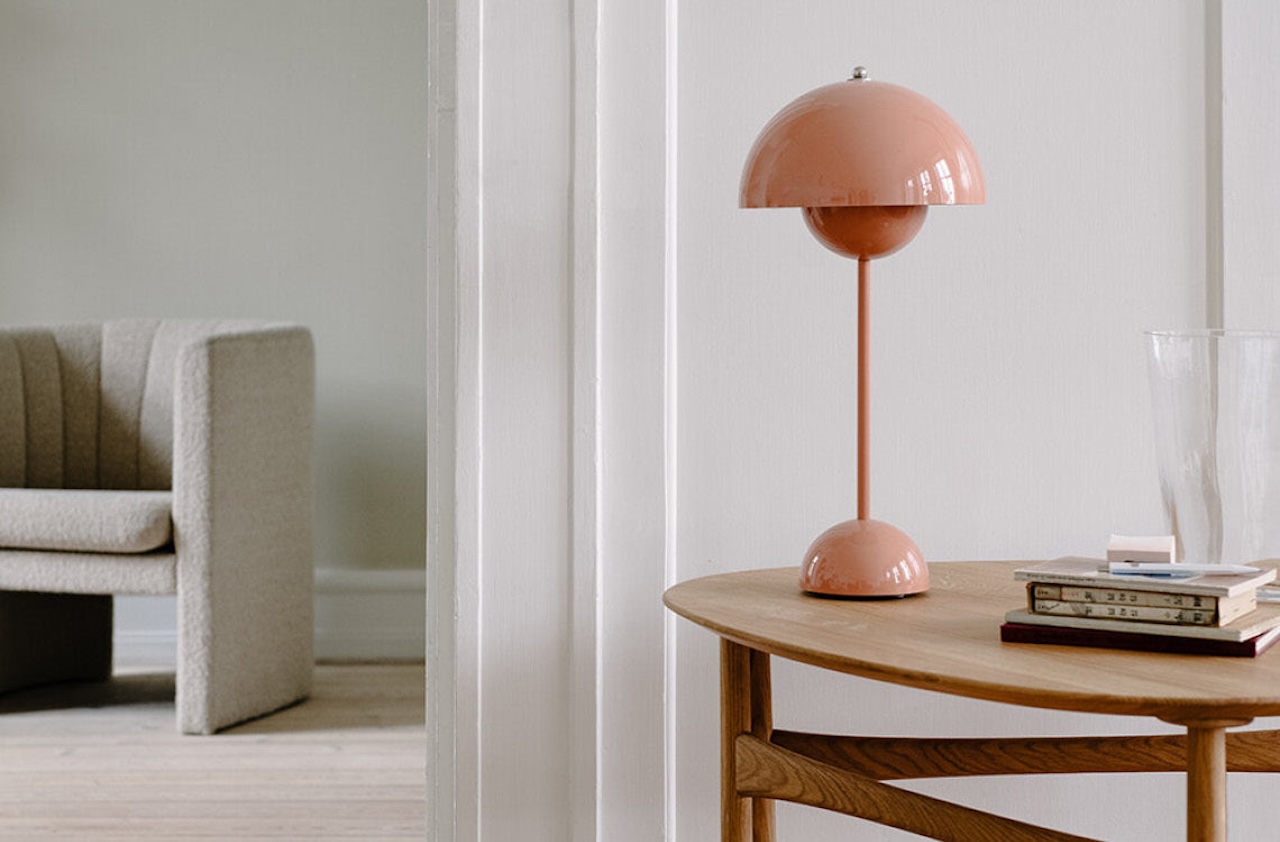

Furniture
How Many Watts Is A Lamp
Modified: December 7, 2023
Discover the perfect lamp for your furniture with our helpful guide. Find out how to determine the wattage that suits your needs in just a few easy steps.
(Many of the links in this article redirect to a specific reviewed product. Your purchase of these products through affiliate links helps to generate commission for Storables.com, at no extra cost. Learn more)
Introduction
When it comes to lamps, one of the common questions that often arises is, “How many watts is a lamp?” Understanding the wattage of a lamp is essential for choosing the right lighting for your space. Wattage refers to the amount of power that a lamp consumes, and it plays a crucial role in determining the brightness and energy efficiency of the lighting fixture.
In this article, we will delve into the concept of wattage and explore the factors that determine the wattage of different types of lamps. Whether you are looking to brighten up your home or office, understanding watts will help you make informed decisions when it comes to purchasing and using lamps.
So, let’s shed some light on the world of watts and lamps!
Key Takeaways:
- Understanding wattage is crucial for choosing the right lamp. Consider factors like lumens, bulb type, and room size to ensure optimal brightness and energy efficiency.
- Energy-efficient LED and CFL bulbs offer lower wattage equivalents with comparable brightness, reducing energy consumption and contributing to a sustainable environment.
Read more: How Many Watts Does A Nail Lamp Need To Be
Understanding Watts
Before we delve into understanding the wattage of a lamp, it is crucial to have a basic understanding of what watts are. In simple terms, a watt is a unit of measurement for power. It represents the amount of energy consumed by an electrical device per unit of time.
When it comes to lamps, wattage determines the brightness of the light emitted. Generally, the higher the wattage, the brighter the lamp. However, it’s important to note that wattage alone does not determine the quality or color of the light. The type of bulb used, such as LED or incandescent, also plays a significant role in the quality of light emitted.
Traditionally, incandescent bulbs were widely used, and their wattage directly corresponded to their brightness. For instance, a 60-watt incandescent bulb was considered to be quite bright. However, with the advent of energy-efficient technologies, such as LED and CFL bulbs, the wattage-brightness correlation has become less straightforward.
Nowadays, the brightness of a lamp is typically measured in lumens, which is a more accurate measure of the amount of light produced. Manufacturers usually indicate the lumen output on the packaging of a lamp or light bulb, making it easier for consumers to compare brightness across different types and wattages.
While wattage still holds significance, it is important to consider other factors, such as lumens and the type of bulb, to accurately gauge the brightness of a lamp. This will ensure that you select a lamp that meets your lighting needs without consuming unnecessary energy.
Types of Lamps
There are various types of lamps available on the market, each designed to fulfill different lighting needs and aesthetic preferences. Understanding the different types of lamps will help you choose the one that best suits your space and desired lighting atmosphere. Here are some common types:
- Table Lamps: Table lamps are versatile and can be placed on a desk, bedside table, or any flat surface. They come in different sizes, designs, and wattages, making them suitable for various lighting purposes.
- Floor Lamps: Floor lamps are tall and freestanding, providing ample light to illuminate larger areas. They are often used as reading lamps or to create ambient lighting in living rooms or bedrooms.
- Desk Lamps: Desk lamps are specifically designed for task lighting, providing focused light for activities such as reading, writing, or working on a computer. They are typically adjustable to direct the light where needed.
- Accent Lamps: Accent lamps are smaller in size and are used for decorative purposes, adding a touch of style to a room. They may have lower wattage and are often used to create a cozy or intimate ambiance.
- Pendant Lights: Pendant lights are suspended from the ceiling by a rod or cord, providing both functional and decorative lighting. They are commonly used over dining tables, kitchen islands, or in entryways to create a focal point.
- Wall Sconces: Wall sconces are fixtures installed on walls, providing indirect or accent lighting. They come in a range of styles, from traditional to modern, and can be used to create a warm and inviting atmosphere in any room.
These are just a few examples of the many types of lamps available. Whether you are looking for task lighting, ambient lighting, or decorative lighting, there is a lamp to suit every need and style preference.
Determining the Wattage of a Lamp
When it comes to determining the wattage of a lamp, there are a few factors to consider. Understanding these factors will help you select a lamp with the appropriate wattage for your needs. Here are the key considerations:
- Lumens Needed: Start by assessing the amount of light you require in a specific area. This can vary depending on the purpose of the lamp and the size of the room. As mentioned earlier, lumens are a more accurate measure of brightness than wattage. Refer to the packaging or specifications of the lamp to determine the desired lumen output. This information can help you narrow down the suitable wattage range.
- Type of Bulb: Different types of bulbs have different wattage equivalents. LED bulbs, for example, are much more energy-efficient than incandescent bulbs, meaning it takes fewer watts to achieve the same level of brightness. When choosing a lamp, consider the type of bulb it uses and the associated wattage recommendations for that specific bulb type.
- Lamp Design: The design of the lamp can also affect the wattage needed to achieve the desired level of brightness. Lamps with shades or diffusers may reduce the amount of light emitted, requiring a higher wattage bulb to compensate. On the other hand, lamps with reflective surfaces or adjustable features can enhance the distribution of light, reducing the need for higher wattage bulbs.
- Lighting Task: Consider the purpose of the lamp. Is it primarily for task lighting, such as reading or studying, or is it meant to provide ambient lighting? Task lighting often requires higher wattage for sufficient illumination, while ambient lighting can be achieved with lower wattage bulbs for a softer and more relaxed ambiance.
- Energy Efficiency: Lastly, it is important to keep energy efficiency in mind when determining the wattage of a lamp. Opting for energy-efficient bulbs, such as LED or CFL, can significantly reduce energy consumption without compromising on brightness. These bulbs consume less power but still provide ample light output, making them a more sustainable and cost-effective choice.
By considering these factors, you can determine the appropriate wattage for your lamp and ensure you have the right level of brightness for your specific lighting needs.
When choosing a lamp, consider the size of the room and the purpose of the lighting. For general lighting, aim for 10-20 watts per square foot. For task lighting, go for 40-80 watts.
Factors to Consider in Wattage Choice
Choosing the right wattage for a lamp involves considering several factors to ensure optimal lighting performance and energy efficiency. Here are some key factors to consider:
- Room Size and Purpose: The size of the room and its intended purpose play a significant role in determining the wattage of a lamp. Larger rooms generally require higher wattage lamps to achieve adequate brightness, especially for task-oriented spaces like kitchens or offices. Smaller rooms or areas where soft ambient lighting is desired may benefit from lower wattage lamps.
- Natural Light: Take into account the amount of natural light the room receives. If a room is well-lit by natural sunlight during the day, you may not need high-wattage lamps. However, in rooms with minimal natural light, it is advisable to choose lamps with higher wattage to compensate for the lack of daylight.
- Lighting Mood and Atmosphere: Consider the desired mood and atmosphere of the space. Higher wattage lamps can create a brighter and more invigorating environment, while lower wattage lamps can provide a soft and cozy ambiance. The lighting mood you want to achieve should guide your wattage choice.
- Age and Visual Acuity: The age and visual acuity of the individuals using the space should be taken into account. As we get older, our eyesight tends to deteriorate, requiring more light to see clearly. In such cases, higher wattage lamps or additional lighting sources may be necessary to ensure adequate illumination.
- Energy Efficiency: Energy efficiency is a crucial factor when selecting the wattage of a lamp. Opting for energy-efficient bulbs, such as LEDs or CFLs, can help reduce energy consumption while still providing ample illumination. These bulbs have lower wattage equivalents but deliver the same or even better light output as traditional incandescent bulbs.
It is essential to strike a balance between achieving the desired lighting effect and minimizing energy consumption. Consider these factors to make an informed decision when choosing the wattage of a lamp, ensuring both functionality and energy efficiency.
Read more: How Many Watts Is A Coffee Machine
Energy Efficiency and Wattage
Energy efficiency is a crucial consideration when it comes to selecting the wattage of a lamp. By choosing energy-efficient lighting options, you can significantly reduce your energy consumption and contribute to a more sustainable environment. Here’s how energy efficiency relates to wattage:
LED Bulbs: LED (Light Emitting Diode) bulbs are highly energy-efficient and have revolutionized the lighting industry. They use significantly less energy compared to traditional incandescent bulbs while providing comparable or even better levels of brightness. LED bulbs typically have lower wattage equivalents but produce the same amount of light output or even more. For example, a 10-watt LED bulb can emit the same amount of light as a 60-watt incandescent bulb, resulting in tremendous energy savings.
CFL Bulbs: Compact Fluorescent Lamp (CFL) bulbs are another energy-efficient option. They use about 75% less energy than incandescent bulbs, making them an eco-friendly choice. CFL bulbs also have lower wattage equivalents but provide similar light output. A 15-watt CFL bulb can produce the same amount of light as a 60-watt incandescent bulb.
When selecting lamps for your space, consider choosing those that are compatible with LED or CFL bulbs. These bulbs not only reduce energy consumption but also have a significantly longer lifespan, reducing the frequency of bulb replacements and further contributing to overall energy efficiency.
Dimming and Wattage: Dimmable lamps provide versatility in adjusting the brightness to suit your needs. When using a dimmable lamp, it’s important to choose the appropriate dimmable bulb to ensure smooth and flicker-free dimming. The wattage of the bulb will play a role in determining the range of dimming options available. Higher wattage bulbs typically offer a wider dimming range, allowing for more precise control of lighting intensity.
In addition to the wattage of the bulb, it’s essential to use a compatible dimmer switch designed for the specific type of bulb being used. This ensures optimal performance and longevity of both the bulb and dimming system.
Opting for energy-efficient lighting not only reduces your energy consumption and environmental footprint but also saves you money on utility bills in the long run. Take advantage of the advancements in energy-efficient technologies, and choose the appropriate wattage and bulb type to maximize energy efficiency in your lighting setup.
Conclusion
Understanding the wattage of a lamp is essential for selecting the right lighting for your space. While wattage traditionally determined the brightness of a lamp, advancements in energy-efficient technologies have made the correlation between wattage and brightness less straightforward. Now, it is important to consider factors such as lumens, bulb type, room size, and lighting requirements to determine the appropriate wattage.
When choosing a lamp, consider the type that best suits your needs, whether it is a table lamp, floor lamp, desk lamp, or accent lamp. Each type serves a different purpose and contributes to the overall lighting atmosphere in a room.
Take into account factors such as room size, natural light, intended use, and energy efficiency when determining the wattage of a lamp. In rooms where more light is needed, higher wattage lamps may be appropriate, while lower wattage lamps can create a softer and more inviting ambiance. Additionally, selecting energy-efficient bulbs, such as LED or CFL, can significantly reduce energy consumption without compromising on brightness.
Remember that wattage alone does not determine the quality or color of light emitted. The type of bulb used and its associated brightness measurements, such as lumens, are also crucial considerations. By considering all these factors, you can make informed decisions and create the perfect lighting environment for your space.
So, the next time you find yourself asking, “How many watts is a lamp?” remember to consider not only the wattage but also the other factors that contribute to optimal lighting performance and energy efficiency. With the right wattage and bulb choice, you can illuminate your space in a way that is both functional and visually appealing.
Frequently Asked Questions about How Many Watts Is A Lamp
Was this page helpful?
At Storables.com, we guarantee accurate and reliable information. Our content, validated by Expert Board Contributors, is crafted following stringent Editorial Policies. We're committed to providing you with well-researched, expert-backed insights for all your informational needs.
